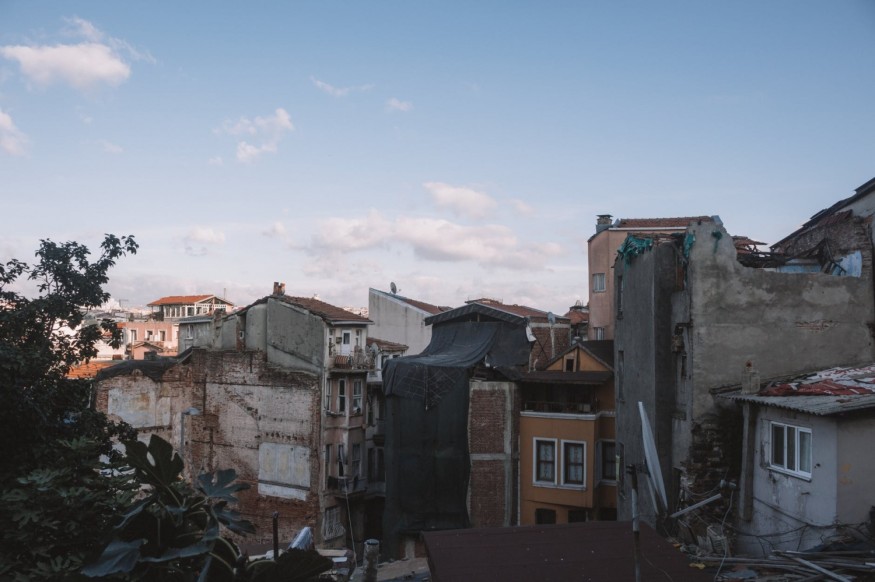
A strong 7.7 earthquake struck Tuesday around 80 miles from Jamaica, shaking people in the Caribbean and as far as Miami.
A tsunami of 0.4 feet (0.11 meters) was recorded in the Cayman Islands at George Town roughly 30 minutes after the shaking had stopped, but no tsunami was located at Port Royal, Jamaica, or Puerto Plata, Dominican Republic.
According to the US Geological Survey, there have been numerous aftershocks with a magnitude of 6.1.
Prelim M6.1 Earthquake Cayman Islands region Jan-28 21:55 UTC, updates https://t.co/SJ6v0h70tK — USGS Big Quakes (@USGSBigQuakes) January 28, 2020
The National Weather Service's Pacific Tsunami Warning Center (PTWC) said there is no significant tsunami threat from this 6.1 earthquake. There's a slight possibility of tsunami waves along the coasts located near the epicenter, says PTWC.
Tremors were felt across the Caribbean as buildings shook. There were no immediate reports of casualties. Some offices temporarily evacuated in Miami and parts of Jamaica.
Alec Pultr, who lives in Ogier, Grand Cayman, told CNN that wasn't the first earthquake he experienced; however, it was the biggest "by far." Pultr said they had been working and things suddenly started to sway.
As the swaying and shaking became extra violent, most people commenced to run; those who stayed behind hid below their desks.
Miguel Charon was on the 13th level of a building on Brickell Avenue. He narrated to CNN that he felt the walls shake for 30 to 40 seconds. His initial thought was that it ought to be as a result of a device of some sort. He said building officials issued an evacuation order and those left the building in a easy and calm manner.
Jose Borrego was also in a meeting in the Brickell area. He told CNN they felt the slight movement of the building and were instructed to evacuate the area.
Some reports said Miami International Airport had been evacuated following the tremor. However, the airport refuted this claim, saying that there were no evacuations and that operations remained normal.
The earthquake appears to have been a "strike-slip earthquake," in which tectonic plates slide against every other. This limits the risk of a devastating tsunami, which are extra associated with "thrust earthquakes," where a portion of the earth is thrust upward and reasons the water to push up and outward, developing the tsunami.
A warning to "move away from coastal areas" was issued by the Cayman authorities but stood down a few hours later.
On Twitter, Cayman officials added there were "only a few reports of structural damage to buildings" and shelters were being opened as a precaution.
The quake also hit a hundred 25 kilometers (77.6 miles) north-northwest of Lucea in Jamaica.
The earthquake was also felt in Havana. Some people within the Cuban capital were evacuating taller buildings. Cuba's state media said the quake was felt across the island in Guantanamo, Santiago de Cuba, Holguín, Las Tunas, Cienfuegos, Pinar del Río, Havana and the Isle of Youth.
Tuesday's magnitude 7.7 earthquake was the most powerful to hit the area since a magnitude 8.1 quake struck near the Dominican Republic on August 4, 1946. According to USGS records, the latest quake was also the strongest earthquake recorded since a magnitude 8.0 earthquake hit near Peru on May 26, 2019.
© 2025 NatureWorldNews.com All rights reserved. Do not reproduce without permission.





